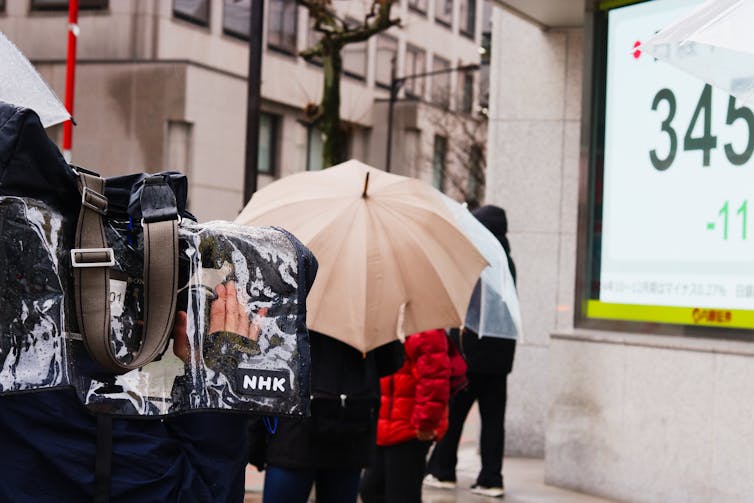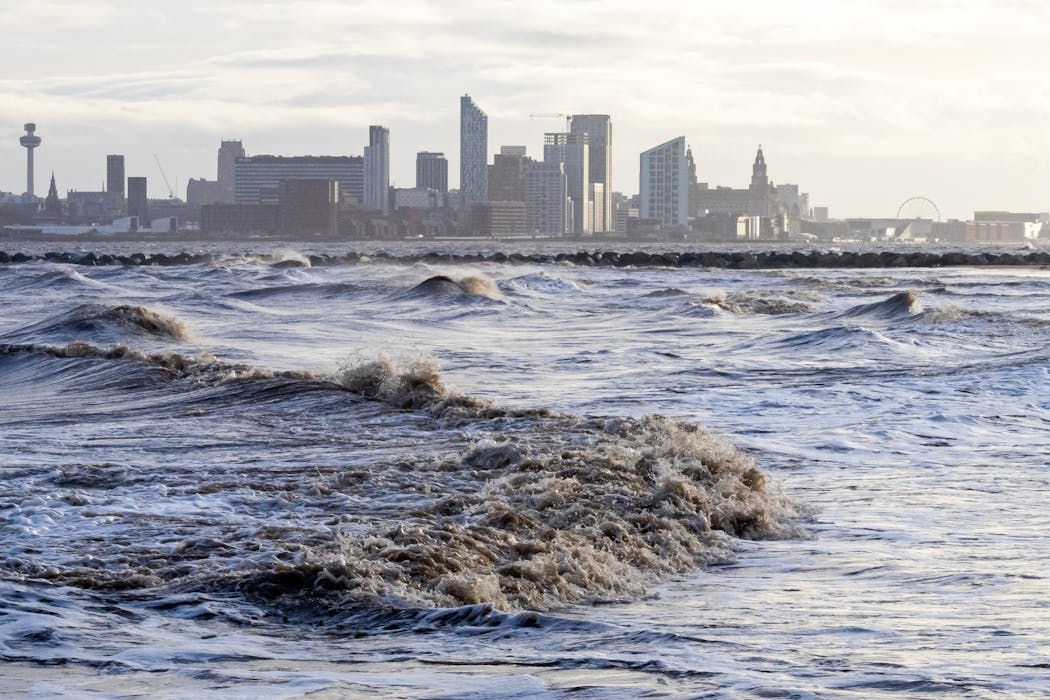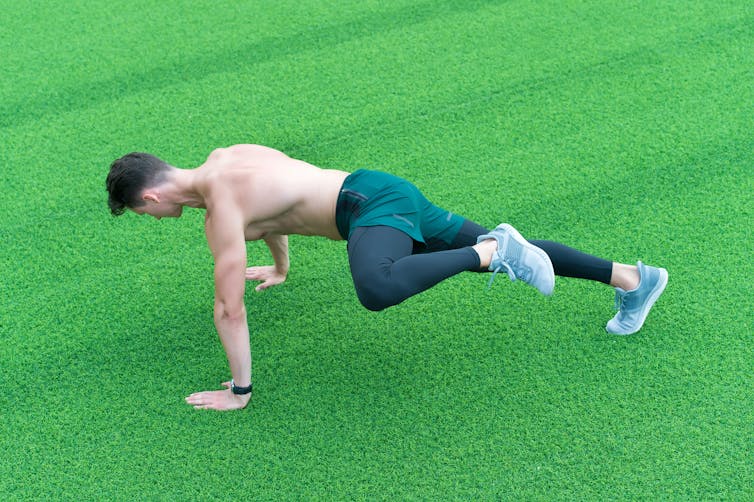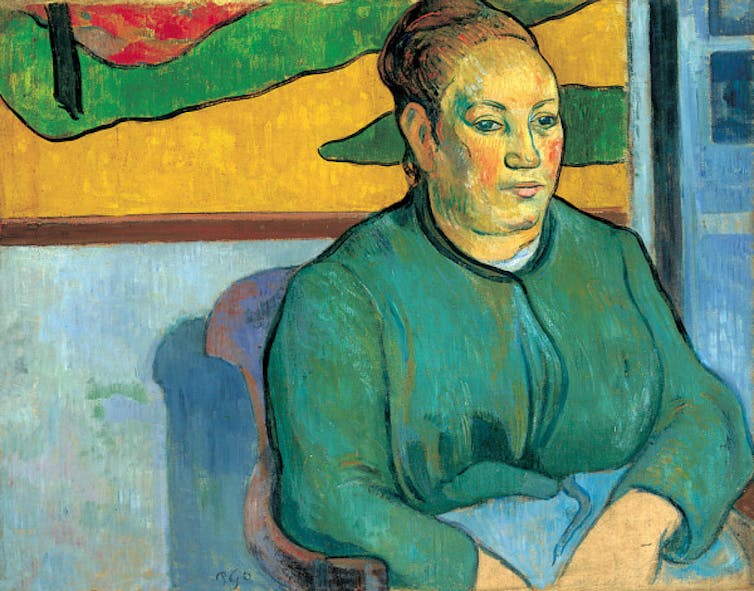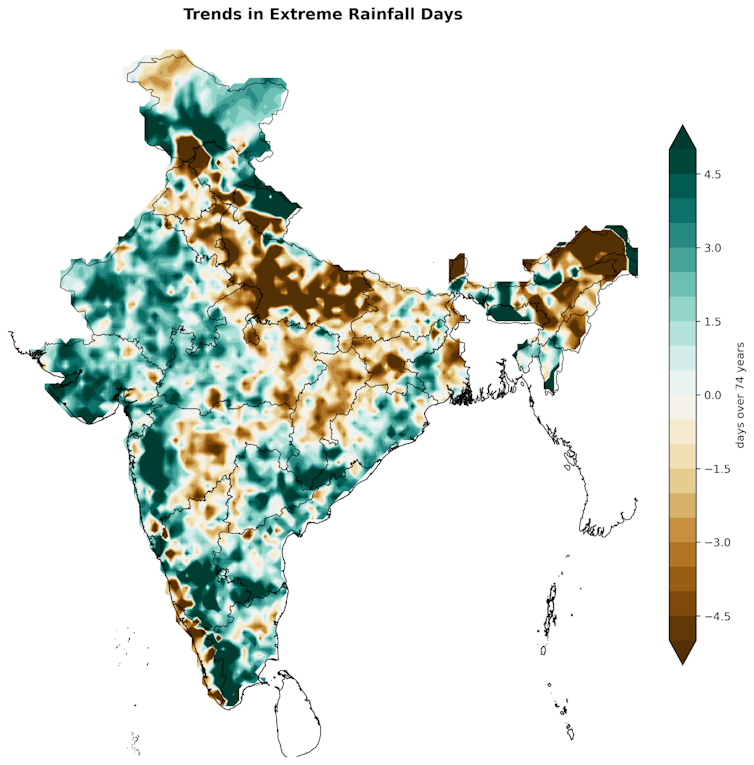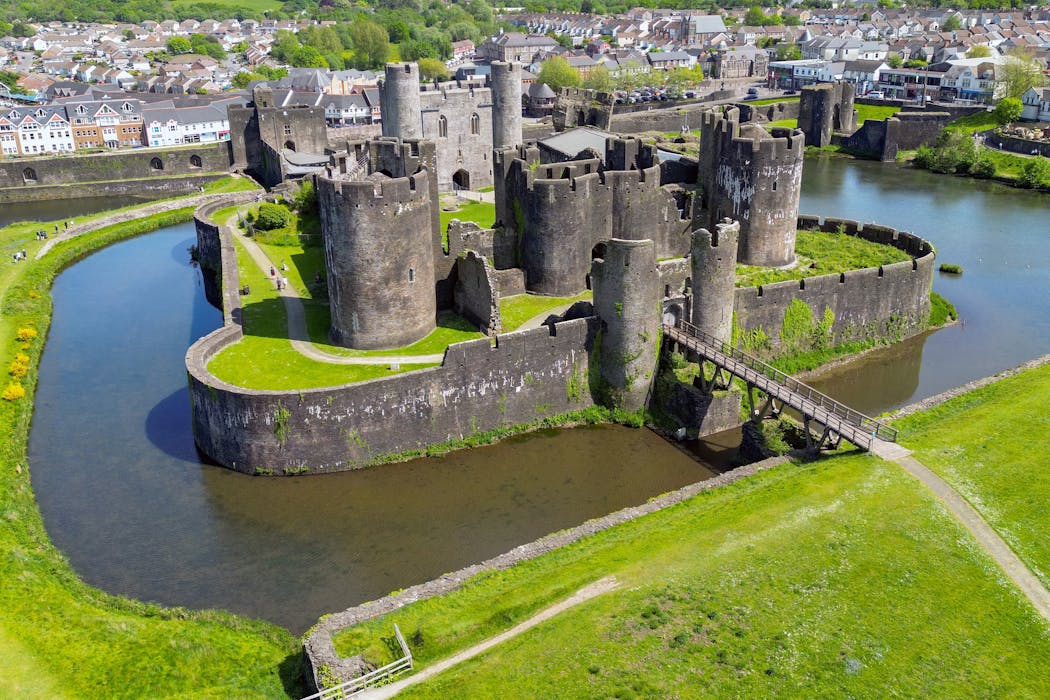Source: The Conversation – UK – By Stefan Wolff, Professor of International Security, University of Birmingham
Drone incursions into Poland, fighter jets in Nato airspace, election interference in Romania and Moldova and “little green men” (soldiers of unconfirmed origin) in Estonia. These are just a few examples of the tactics Russia has been using in the past few weeks.
They appear to be part of a much broader strategy variously referred to as the “Gerasimov doctrine”, non-linear war or new-generation warfare. What lies behind these terms is the very worrying and very real “weaponisation of everything” – Moscow’s strategy to reshape international order.
As a researcher on great-power rivalries in Eurasia, I’ve observed this kind of hybrid warfare long before the full-scale invasion in Ukraine. We saw it most obviously with Russian interference in the 2016 US presidential elections. But it has intensified since the Ukraine conflict began in 2022.
These tactics cover a broad spectrum. They range from information operations, including propaganda and disinformation campaigns, to attacks on critical infrastructure, such as undersea cables. They involve the use of drones to disrupt air traffic and malicious cyber-attacks against Russia’s enemies. They have also included assassination campaigns against defectors and dissidents in the UK and elsewhere.
Russia is struggling to retain its traditional influence in post-Soviet regions like the south Caucasus and central Asia. Meanwhile it has also sought to extend its influence elsewhere, such as in Latin America or Africa.
But the main focus of the Kremlin’s hybrid warfare is Europe. The continent has become a key battleground in Moscow’s attempts to restore Russia to its erstwhile great-power status and reclaim a Soviet-style sphere of influence.
At the heart of these efforts is the war against Ukraine. For Russia, victory there is more than the mere military defeat of Ukraine and the permanent weakening of the country along the lines of Moscow’s frequently stated war aims: annexation of one-fifth of Ukrainian territory, limits on the country’s armed forces and no prospect of Nato membership.
While clearly important for Putin, he needs Russia’s victory to signal the extent of his power and at the same time to highlight western impotence to prevent Ukraine’s defeat.
Weakening the west
To win the war against Ukraine, the Kremlin needs to weaken the west and its resolve. In this sense, the intensification of the Kremlin’s hybrid war against Kyiv’s European allies is a tool Moscow uses as part of its broader war effort.
But weakening the west is also an end in itself. A strong EU and Nato alliance would prevent Russia from reclaiming its sphere of influence in central and eastern Europe.
Europe has been slow to rise to the challenge of upping its defence game against Russian aggression. But in the end the simple numbers do not favour Russia. The size of the EU’s economy is roughly ten times the size of Russia’s, and its population is more than three times that of Russia.
The EU’s defence expenditure in 2024 stood at just under US$400 billion (£298 billion), up 19% from 2023, and equal to 1.9% of member states’ GDP. According to the International Institute for Strategic Studies, Russia, by comparison, spent US$145 billion, or an ultimately probably unsustainable 6.8% of its total GDP.
In terms of purchasing power parity (the buying power of different countries’ currencies using a common “basket of goods”), Russia still marginally outspends the EU. But not if non-EU Nato members such as the UK and Norway are factored into the equation.
So far, Russia has not been able to decisively outperform Ukraine’s military on the battlefield. With the transatlantic alliance – and hence US support – still by and large intact and a more assertive coalition of European allies backing Kyiv emerging, this is unlikely to change soon.
That is why Russia employs its wide range of hybrid warfare tools against European societies. It needs to sow doubt over their ability to prevail, to cause perceived hardship that makes supporting Ukraine unattractive, and to support populist allies who promote pro-Russian narratives, be they government parties in Hungary or Slovakia or opposition parties in Germany and elsewhere.
Permanent state of war
From the Kremlin’s perspective, the logic is probably very simple. Using the full spectrum of hybrid warfare signals that Russia has the capability and the will to make the costs for supporting Ukraine unacceptable for Europe.
With European support for Kyiv ebbing away, Russia will either defeat Ukraine outright on the battlefield or force the country into humiliating concessions at the negotiation table. Either outcome will damage European credibility and morale and allow Moscow to set the terms of a reshaping of the continent’s security order along the lines of one of the Kremlin’s favourite current talking points – “indivisible security”.
Indivisible security was one of the themes of Vladimir Putin’s speech at the annual meeting of the Valdai discussion club – a gathering of Russian and pro-Russian foreign and security policy analysts. By this he simply means a prioritisation of Russian interests over those of its neighbours – in other words a western recognition of a Russian sphere of influence.
But it would be a mistake to assume that recognising such a Russian sphere of influence would satisfy the Kremlin today in the same way as it may have satisfied Soviet rulers during the cold war. On the contrary, a Russian victory in and beyond Ukraine would most likely encourage dreams of further expansion.
The 2025 annual report of the Valdai club, written by some of Russia’s leading foreign policy thinkers, is instructive in this respect. Titled “Dr Chaos or how to stop worrying and love the disorder”, the report posits that the very purpose of war may have changed from victory to “maintaining a balance necessary for a period of relative peaceful development”.
If turned into actual policy, the kind of hybrid warfare the Kremlin has pursued against Europe for more than a decade, becomes a permanent feature of Russia’s relations with Europe. This is a vision that exposes the limits of Russia’s aspirations – managing chaos and loving disorder – and the dangers they imply for the rest of the world.
![]()
Stefan Wolff is a past recipient of grant funding from the Natural Environment Research Council of the UK, the United States Institute of Peace, the Economic and Social Research Council of the UK, the British Academy, the NATO Science for Peace Programme, the EU Framework Programmes 6 and 7 and Horizon 2020, as well as the EU’s Jean Monnet Programme. He is a Trustee and Honorary Treasurer of the Political Studies Association of the UK and a Senior Research Fellow at the Foreign Policy Centre in London.
– ref. Russia now has a strategy for a permanent state of hybrid war – https://theconversation.com/russia-now-has-a-strategy-for-a-permanent-state-of-hybrid-war-266936


